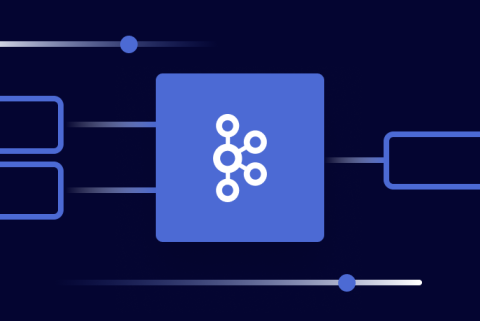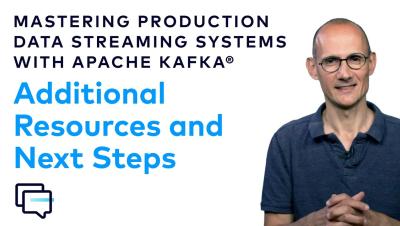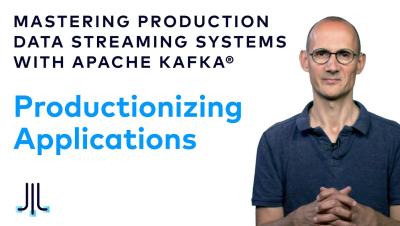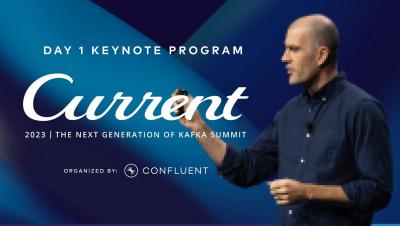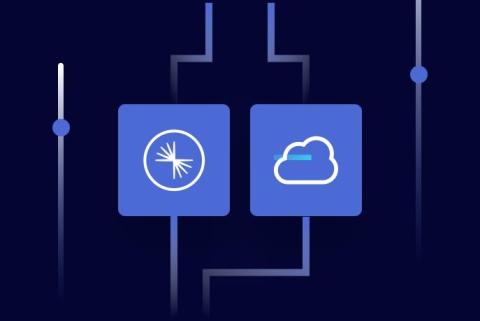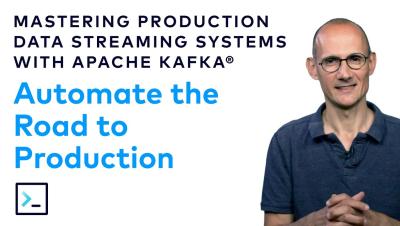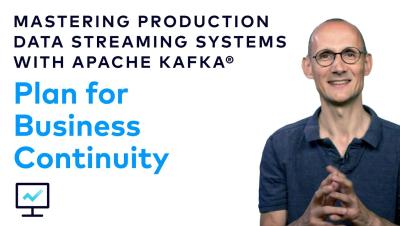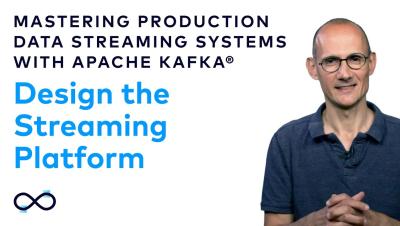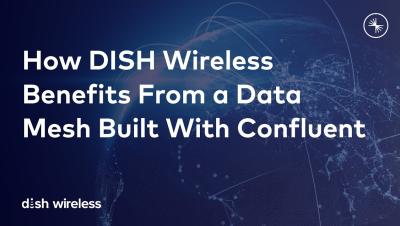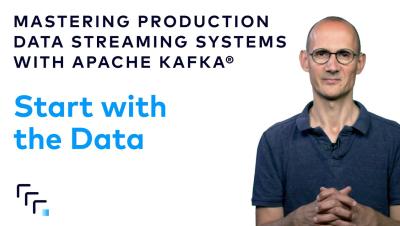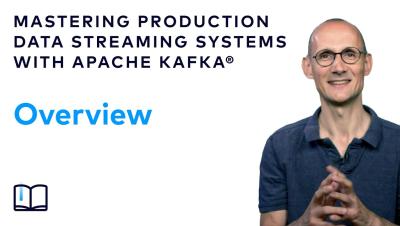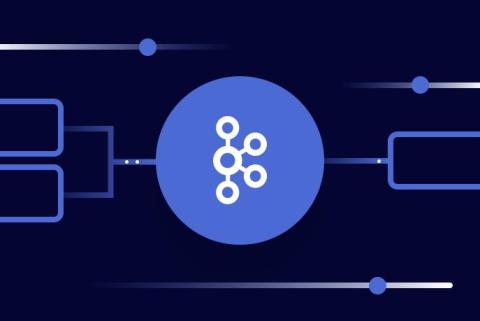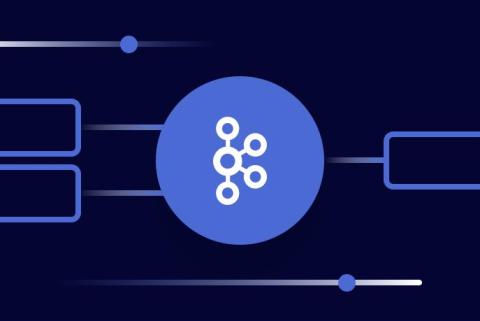An Introduction to Apache Kafka Consumer Group Strategy
Ever dealt with a misbehaving consumer group? Imbalanced broker load? This could be due to your consumer group and partitioning strategy! Once, on a dark and stormy night, I set myself up for this error. I was creating an application to demonstrate how you can use Apache Kafka® to decouple microservices. The function of my “microservices” was to create latte objects for a restaurant ordering service.


